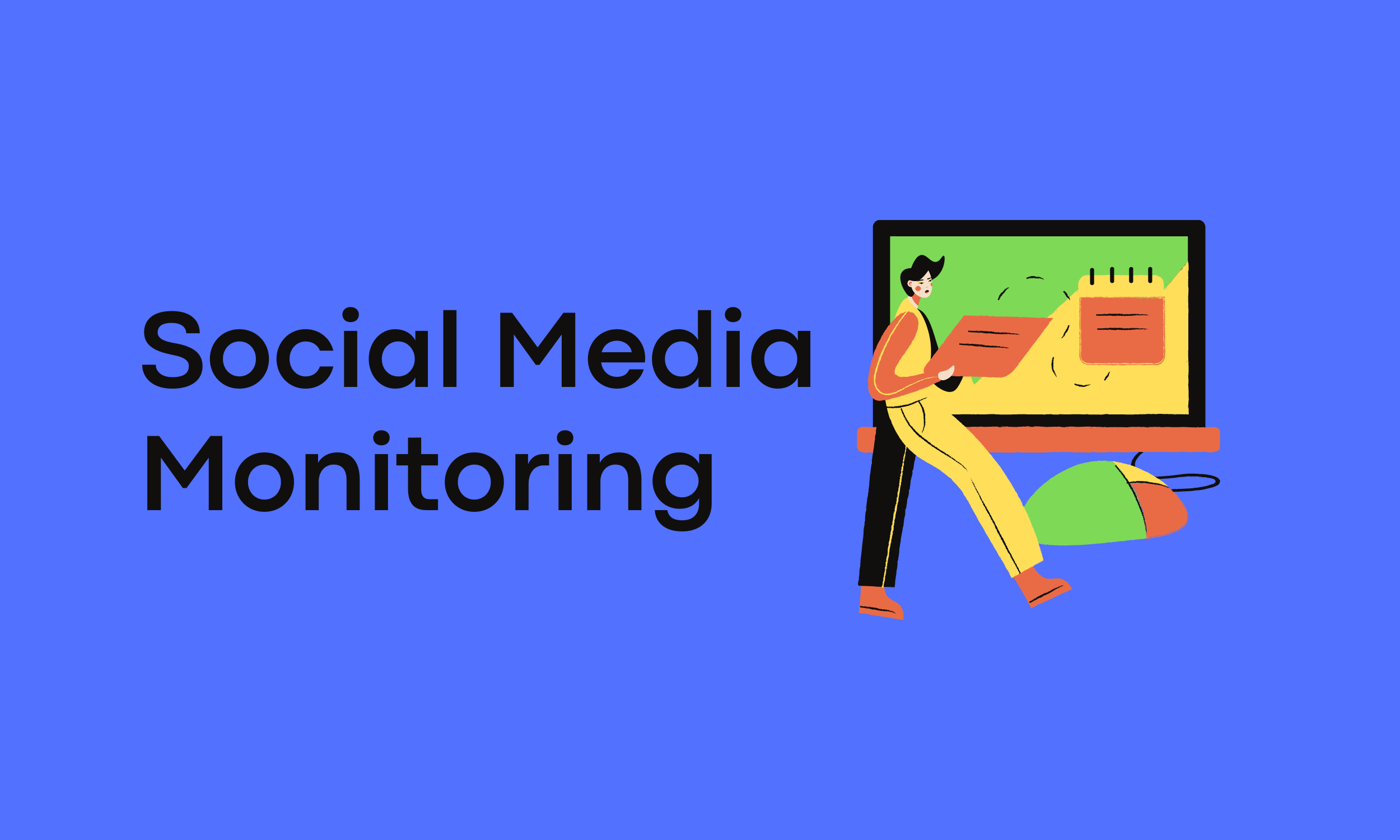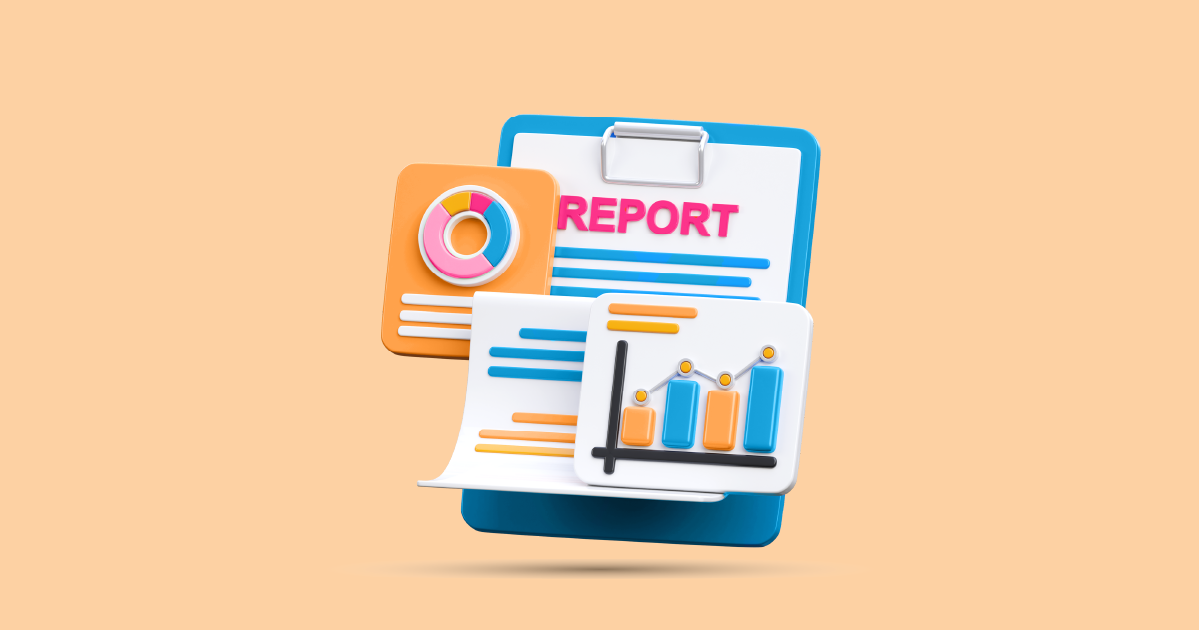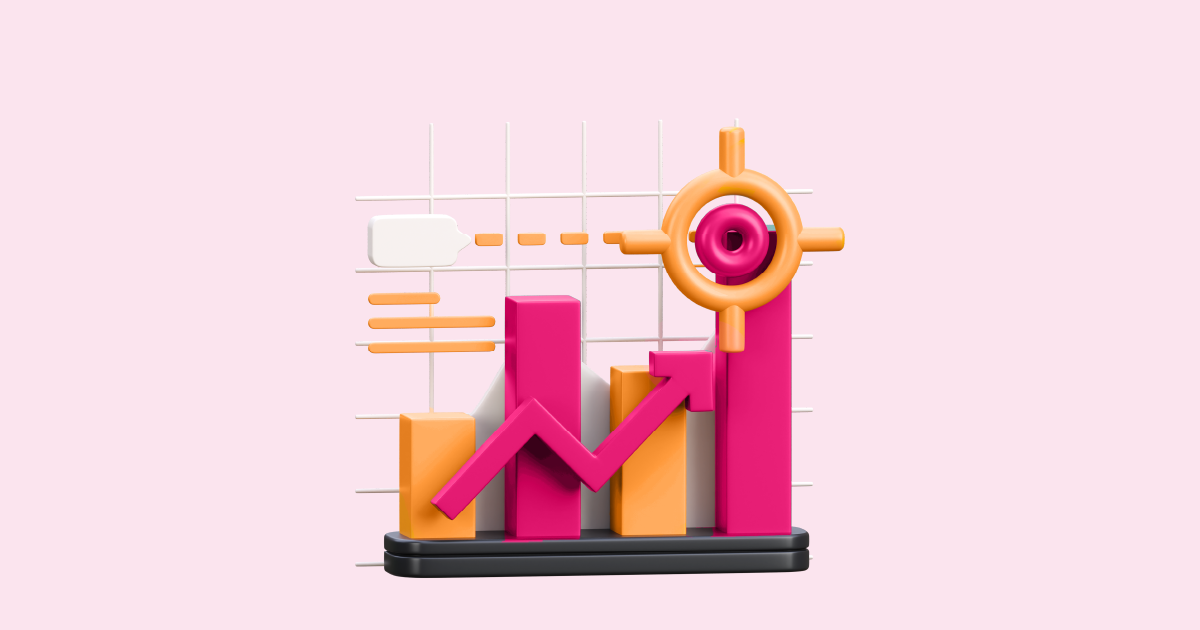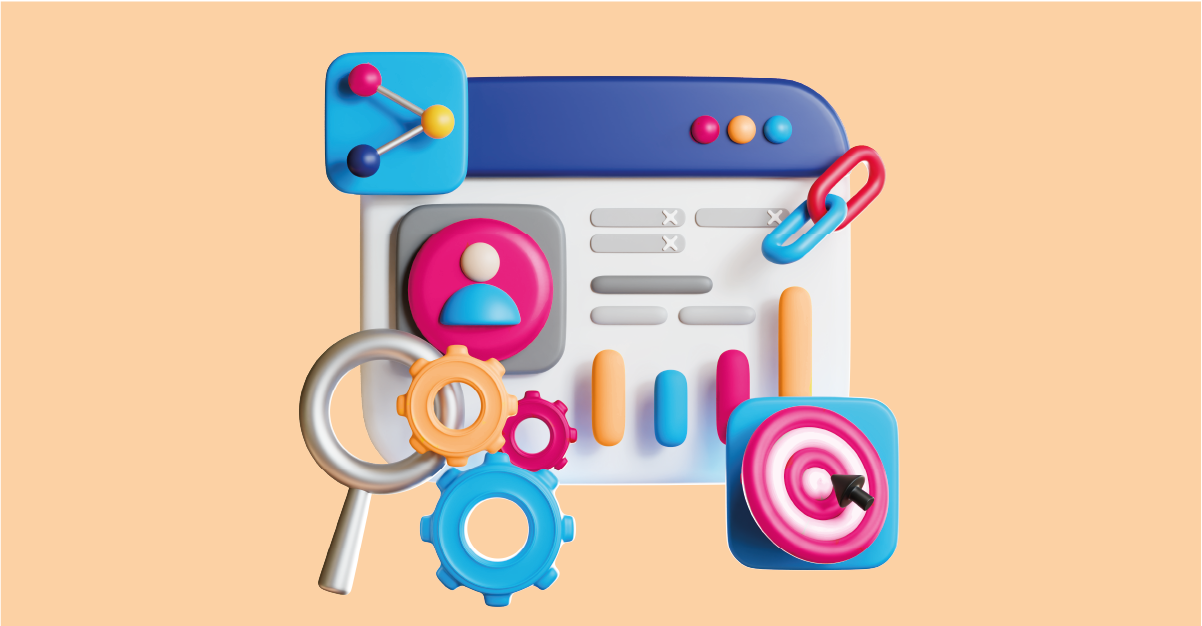In the digital age, where information is constantly flowing and changing, keeping track of what’s being said about your brand is crucial. Enter the media monitoring report—an essential tool for businesses to track, analyze, and respond to media coverage. But what exactly is a media monitoring report, and why is it so important?
Introduction to Media Monitoring Report

Definition and Purpose
At its core, media monitoring involves tracking various media sources—ranging from newspapers and television to blogs and social media—to gather information relevant to your business. The purpose? To stay informed about public perception, industry trends, and potential crises that may arise. Essentially, a media monitoring report provides a snapshot of your brand’s media presence, highlighting key mentions, trends, and sentiments.
Evolution of Media Monitoring
Media monitoring has come a long way from manually clipping newspaper articles. Today, sophisticated tools and technologies allow businesses to monitor media in real-time, providing deeper insights and enabling faster response times. This evolution has made media monitoring reports more comprehensive, timely, and crucial than ever before.
Components of a Media Monitoring Report
Data Collection
The foundation of any media monitoring report is data collection. This involves gathering mentions from various media outlets, categorizing them, and ensuring that the data is relevant and accurate. Sources can range from print media and TV to digital platforms and social media.
Analysis and Interpretation
Once the data is collected, the next step is analysis. This involves interpreting the data to identify trends, measure sentiment, and assess the overall impact of the media coverage. Are people talking about your brand in a positive light? Are there recurring themes or concerns? This analysis is crucial for making informed decisions.
Key Metrics to Include
A comprehensive media monitoring report should include key metrics such as:
- Sentiment Analysis: Positive, negative, or neutral mentions.
- Share of Voice: Your brand’s visibility compared to competitors.
- Engagement: How much interaction your media coverage is generating.
Types of Media Covered in a Monitoring Report
Traditional Media
Traditional media includes print (newspapers, magazines), broadcast (television, radio), and other non-digital forms of communication. Despite the digital shift, traditional media still holds significant influence and should be monitored closely.
Digital Media
Digital media refers to online news sites, blogs, and other web-based platforms. These sources are often updated more frequently than traditional media, offering a more dynamic and immediate view of public opinion.
Social Media
Social media platforms like Twitter, Facebook, and Instagram have become vital in media monitoring. The real-time nature of social media makes it a critical component of any media monitoring report, providing insights into public sentiment and trending topics.
Benefits of a Media Monitoring Report
Brand Reputation Management
One of the primary benefits of a media monitoring report is its ability to manage and protect your brand’s reputation. By keeping a close eye on media coverage, you can quickly address any negative publicity and reinforce positive stories.
Competitive Analysis
A media monitoring report doesn’t just focus on your brand; it also tracks competitors. This allows you to compare your media presence with that of your competitors, giving you insights into their strategies and identifying potential opportunities for your own brand.
Crisis Management
In the event of a crisis, timely and accurate information is crucial. A media monitoring report enables you to track the spread of negative news, gauge public reaction, and formulate an effective response plan.
How to Create a Media Monitoring Report
Step 1: Define Your Objectives
Before you start collecting data, it’s important to define the objectives of your media monitoring report. Are you focused on brand reputation? Are you looking to analyze competitor activity? Clear objectives will guide your data collection and analysis efforts.
Step 2: Choose the Right Tools
There are numerous media monitoring tools available, each with its strengths. Some popular options include AIM Insights, Cision, and Brandwatch. Choose a tool that aligns with your objectives and offers the features you need.
Step 3: Collect and Analyze Data
With your objectives and tools in place, begin collecting data from the relevant media sources. Once the data is gathered, analyze it to identify trends, sentiment, and key takeaways. This analysis will form the backbone of your report.
Step 4: Compile and Present Findings
The final step is to compile your findings into a cohesive report. Use visuals like graphs and charts to illustrate key points, and be sure to include actionable insights that can guide decision-making.
Best Practices for Effective Media Monitoring
Regular Monitoring and Updates
Media monitoring is not a one-time activity. To stay on top of media trends and protect your brand, it’s essential to monitor media coverage regularly and update your report frequently.
Integrating AI and Automation
Artificial intelligence (AI) and automation can significantly enhance media monitoring efforts. These technologies can help you process large volumes of data quickly and accurately, allowing for more detailed and timely reports.
Collaborating Across Departments
Media monitoring shouldn’t be siloed within a single department. Collaborate with PR, marketing, and other teams to ensure that insights from your media monitoring report are utilized effectively across the organization.
Common Challenges
Data Overload
With the vast amount of data available, it’s easy to overwhelmed. Focus on filtering out irrelevant information and concentrate on the data that truly matters to your objectives.
Real-Time Reporting
Real-time reporting is challenging but essential, especially during a crisis. Ensure that your media monitoring tools equipped to provide instant updates and alerts when necessary.
Ensuring Accuracy
Accuracy is critical in media monitoring. Misinterpretations or inaccurate data can lead to poor decision-making. Double-check your data sources and analysis to ensure the highest level of accuracy.
Future Trends
AI and Machine Learning in Media Monitoring
The future of media monitoring is set to heavily influence by AI and machine learning. These technologies will enable more sophisticated data analysis, predictive analytics, and even automated reporting.
Predictive Analytics
Predictive analytics will allow businesses to anticipate media trends and prepare for potential challenges before they arise. This proactive approach will be a game-changer in how companies manage their media presence.
Conclusion
A media monitoring report is an invaluable tool for businesses looking to protect their brand, stay ahead of competitors, and navigate the complex media landscape. By following best practices and leveraging the latest technologies, you can create a report that provides actionable insights and drives strategic decisions. To see how AIM Technologies can help you create effective media monitoring reports tailored to your business needs, request a demo today.



